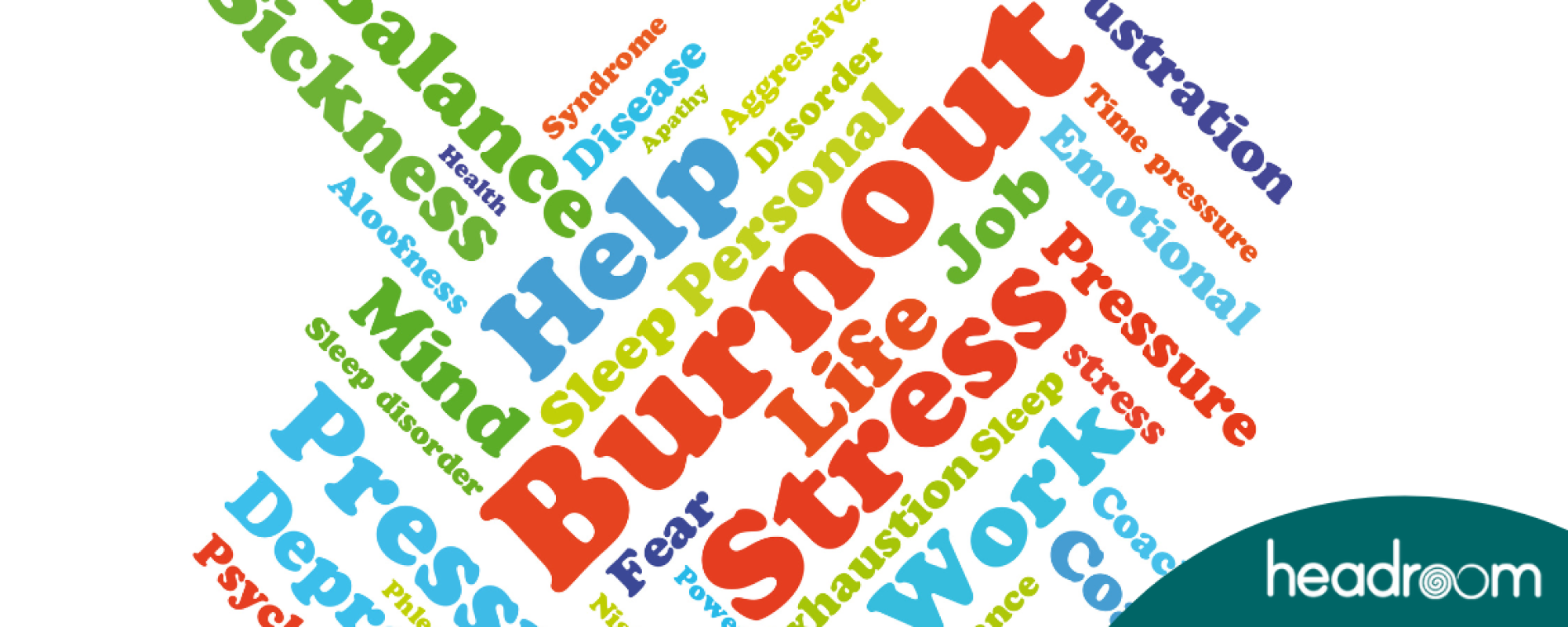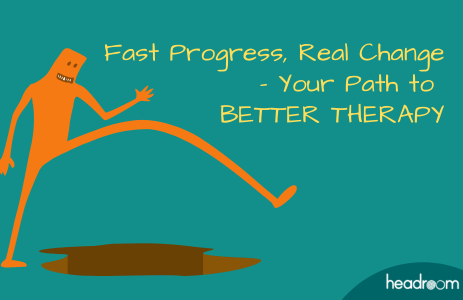Teacher Burnout in South Africa’s underprivileged schools has reached a critical point, with rising demands and limited resources leaving many of us feeling overwhelmed. We’re not just educators; we’re mentors, social workers, and emotional anchors for students in need. But as our responsibilities multiply, the emotional toll can be devastating. In this article, we’ll explore the warning signs of burnout, preventive strategies, and when it might be time to seek professional support.
Recognizing Teacher Burnout: Signs and Symptoms
Understanding the Impact of Overload
Burnout doesn’t appear overnight. It builds slowly, often unnoticed until we feel physically and emotionally drained. Symptoms of burnout include constant fatigue, detachment from our roles, and a sense of inadequacy despite our best efforts. According to Maslach and Leiter (1997), burnout arises when demands exceed resources, a common issue in underfunded schools. Here, we face overcrowded classrooms and high-pressure expectations with little support, creating an environment ripe for emotional exhaustion.
Biological and Psychological Drivers of Burnout
Burnout is often accompanied by biological responses like increased cortisol, which affects mood regulation and cognitive function (McEwen, 2004). Psychologically, the continuous exposure to stress can lead to emotional dysregulation, making it harder for us to connect with students effectively. Research shows that emotional exhaustion also impacts our ability to empathize, which is crucial in a teaching environment (Brotheridge & Grandey, 2002).
Warning Signs to Watch For
Burnout manifests uniquely for everyone, but common signs include:
- Persistent fatigue, even after rest
- Detachment or cynicism toward students or the profession
- Feelings of inadequacy, regardless of effort
- Difficulty concentrating or making decisions
- Physical symptoms like headaches or frequent illness
Recognizing these signs early can prevent further emotional and physical damage.
Preventing Burnout: Strategies for Teachers
Setting Boundaries and Prioritizing Self-Care
While it may feel challenging, setting clear boundaries with our work is essential to avoid burnout. This might mean carving out time for rest, saying “no” to additional tasks, or dedicating specific hours to self-care. Practicing mindfulness or meditation can also help in building resilience against stress.
Building a Support Network
Connecting with fellow teachers who understand our unique challenges can be incredibly helpful. Sharing experiences allows us to vent and brainstorm solutions, which can lessen the isolation many of us feel. Research supports that social support is key to buffering the effects of workplace stress (Cohen & Wills, 1985).
Embracing a Growth Mindset
When resources are scarce, adopting a growth mindset (Dweck, 2006) can be empowering. This mindset encourages us to view challenges as opportunities for growth, rather than obstacles. By focusing on small achievements and creative solutions, we can rebuild our sense of purpose and satisfaction in teaching.
Why Teacher Burnout in South Africa’s Underprivileged Schools Remains a Challenge
The complexities of burnout in underprivileged schools go beyond individual stress. For many teachers, overcrowded classes and emotionally dysregulated students are daily realities. Here are specific struggles we face:
Inadequate Support for Mental Health: Many of us lack access to mental health resources in our schools, leaving us to develop personal coping mechanisms that may not always be effective.
High Expectations with Minimal Resources: We’re often expected to teach diverse topics, engage students, and manage behaviors, all with limited materials and no psychosocial support.
Stigmatization of Mental Health Needs: Discussing mental health remains taboo in many communities, which can discourage teachers from seeking support. Recognizing that burnout is not a personal failing, but a systemic issue, is crucial to addressing it.
How Coaching, Counselling, and Therapy Can Support Teachers
Professional support, like coaching, counseling, or therapy, offers powerful tools to help teachers navigate burnout. These services allow us to:
Develop Emotional Intelligence and Communication Skills: Mental health professionals excel in helping us navigate sensitive situations and build resilience. Through these skills, we can improve our ability to connect with students and handle classroom challenges effectively.
Gain Personalized Coping Strategies: Therapy provides a safe space to process our emotions and develop personalized strategies for managing stress. Rather than relying on self-taught mechanisms, we can build more sustainable habits with professional guidance.
Enhance Conflict Resolution Abilities: Mental health professionals are skilled in mediation and positive conflict resolution, both of which are essential in managing classroom dynamics. These skills help us foster a positive learning environment, even in challenging situations.
Seeking help is a proactive step toward improving our mental well-being and resilience, benefiting not only us but also our students.
Call for Your Reflection
Burnout is a serious issue affecting many of us in the teaching profession, especially in underprivileged schools. If you’re experiencing burnout, know that you’re not alone. Reflect on the importance of self-care and seek the support you need to thrive in this challenging environment. We encourage you to subscribe to our newsletter, share your experiences in the comments, or explore one of our webinars focused on teacher resilience. Together, we can make a positive change in our educational communities.
References
Brotheridge, C. M., & Grandey, A. A. (2002). Emotional labor and burnout: Comparing two perspectives of “people work”. Journal of Vocational Behavior, 60(1), 17-39.
Cohen, S., & Wills, T. A. (1985). Stress, social support, and the buffering hypothesis. Psychological Bulletin, 98(2), 310-357.
Dweck, C. S. (2006). Mindset: The New Psychology of Success. Random House.
Maslach, C., & Leiter, M. P. (1997). The Truth About Burnout: How Organizations Cause Personal Stress and What to Do About It. Jossey-Bass.
McEwen, B. S. (2004). Protective and damaging effects of stress mediators: Central role of the brain. Dialogues in Clinical Neuroscience, 6(4), 367-381.




